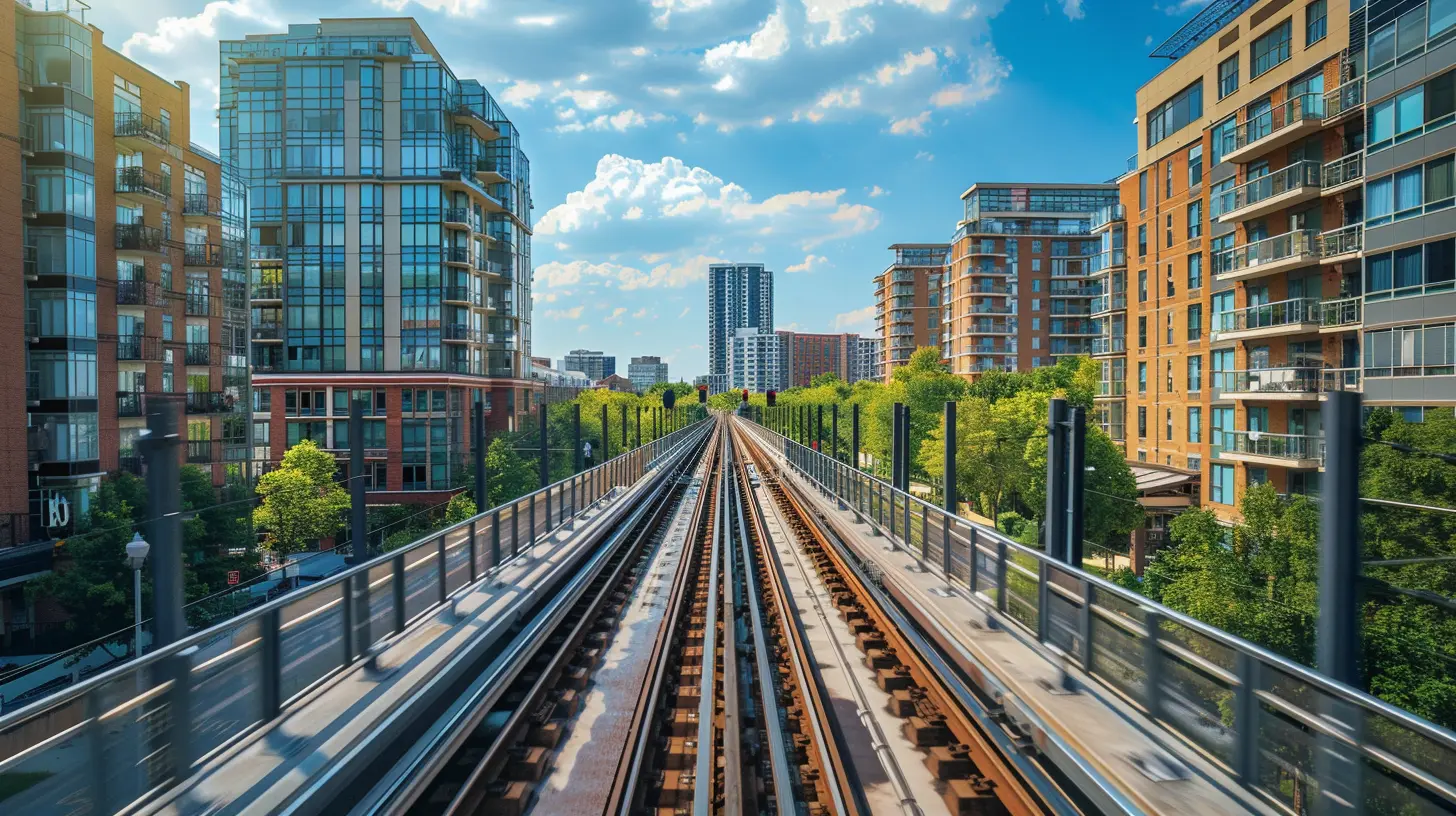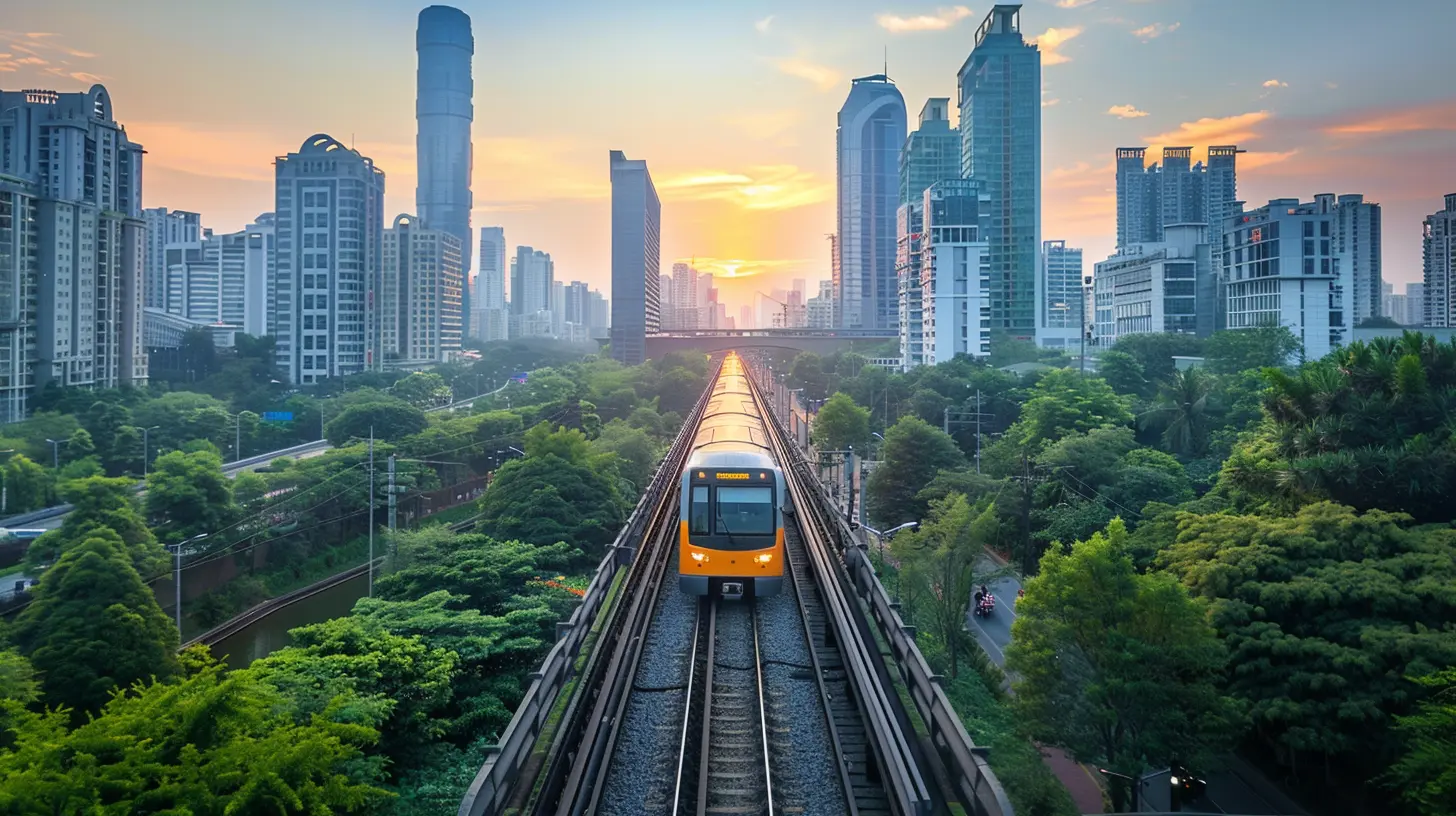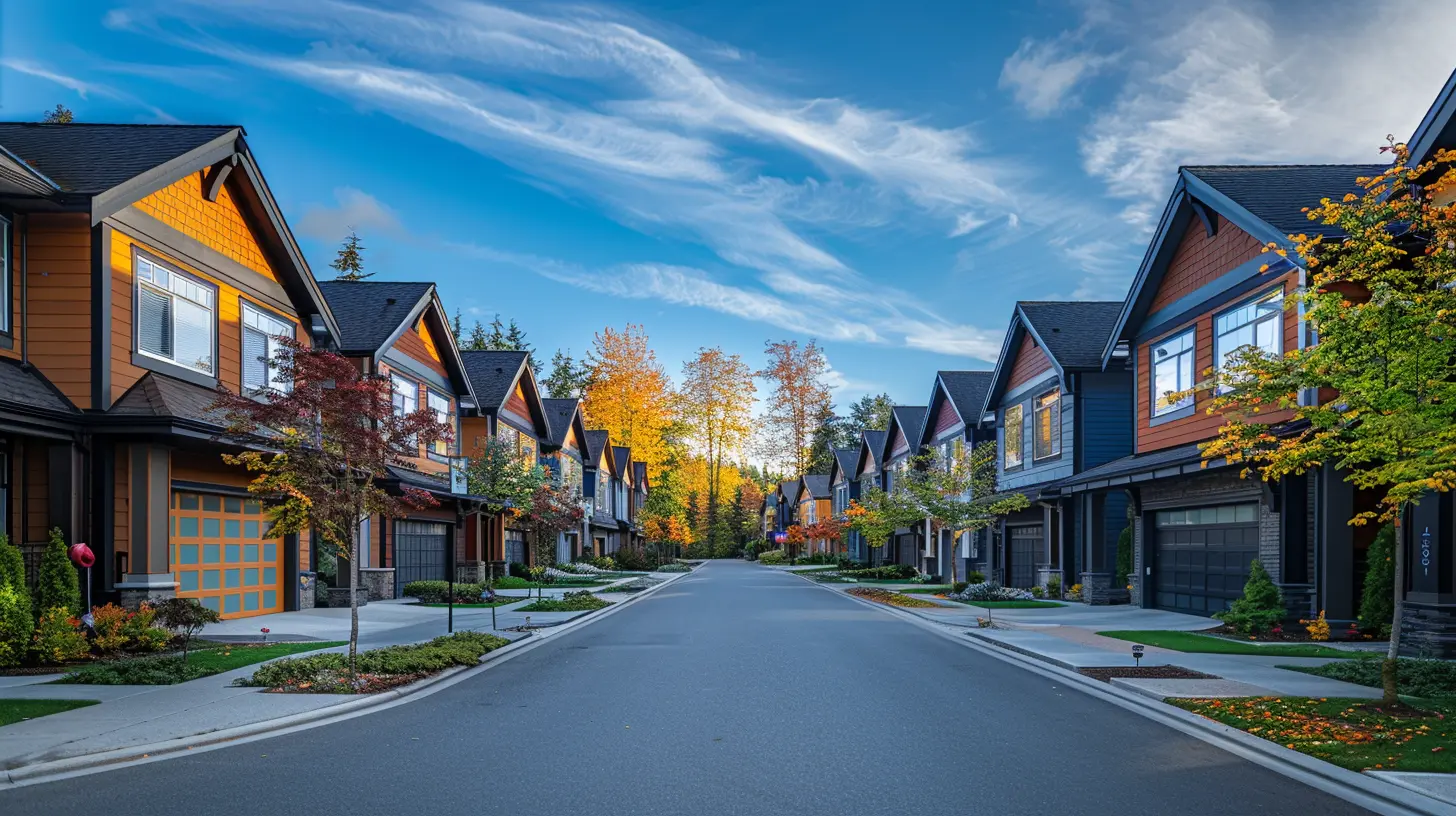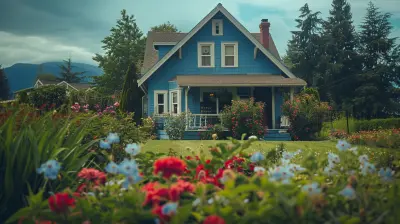Transit-Oriented Developments: A Boon for Urban Homeowners
28 June 2025
When it comes to city living, convenience is king. No one wants to spend hours stuck in gridlock or scrambling to find parking. That’s where transit-oriented developments (TODs) come into play. These urban planning strategies center on easy access to public transportation, offering homeowners a lifestyle that’s not only convenient but also sustainable.
If you're a homeowner—or thinking about becoming one—understanding TODs can be a game-changer. They boost property values, enhance quality of life, and create a sense of community. Let’s unpack why TODs are the future of urban real estate and why they should be on every city dweller’s radar.

What Exactly is a Transit-Oriented Development?
A transit-oriented development is a mixed-use urban area designed to maximize access to public transportation. These developments integrate residential, commercial, and recreational spaces within walking distance of transit hubs like subways, commuter trains, buses, or light rail stations. In short, TODs eliminate the need for excessive car travel, making urban life more efficient and eco-friendly.Key Features of TODs
- Proximity to Public Transport – Homes, offices, and entertainment venues are typically within a half-mile of a transit station.- Mixed-Use Development – A blend of housing, retail, offices, and green spaces.
- Pedestrian & Cyclist Friendly – TODs prioritize walkability with sidewalks, bike lanes, and minimal road congestion.
- Higher Housing Density – More residential units per area, leading to a vibrant, bustling community.
Now that we’ve covered the basics, let’s look at why TODs are such a boon for urban homeowners.

Increased Property Value & Demand
If you're investing in real estate, location is everything. And TODs practically guarantee steady appreciation.Rising Demand Drives Up Home Prices
Homes in transit-oriented developments often see higher property values compared to those in car-dependent neighborhoods. Why? Because buyers and renters alike are willing to pay a premium for easy access to public transport.According to various studies, properties near transit hubs appreciate faster than those in suburban or car-centric areas. The reduced need for a vehicle—along with savings on gas and maintenance—makes these homes more attractive to potential buyers.
Stable Market Even in Downturns
Another advantage? TODs tend to hold their value even when the overall real estate market slumps. Since demand for well-connected, urban housing remains constant, homeowners in TODs enjoy a built-in level of market resilience.
Reduced Transportation Costs
Let’s be real—owning a car in the city is expensive. Parking alone can cost a small fortune, not to mention gas, insurance, and maintenance. Living in a TOD significantly cuts down on transportation expenses for homeowners.Less Dependence on Cars
Many TOD residents find they can ditch their car altogether or rely on it much less. With public transportation just a short walk away, commuting is a breeze. This means:- No more battling rush-hour traffic.
- No outrageous parking garage fees.
- More money in your pocket for travel, hobbies, or savings.
Alternative Transportation Incentives
Cities often promote TODs by offering perks like discounted transit passes, car-sharing programs, and extensive bike infrastructure. These incentives make it even easier to embrace a car-free (or car-lite) lifestyle.
Environmental & Health Benefits
Beyond financial gains, TODs foster a cleaner, healthier way of living.Lower Carbon Footprint
Car dependency is a major contributor to urban pollution and carbon emissions. TODs encourage public transit use, cycling, and walking—all of which significantly reduce environmental impact. A single TOD can cut car trips by up to 50%, making it a powerful tool in the fight against climate change.Walkability Promotes a Healthier Lifestyle
Living in a TOD naturally encourages more walking and physical activity. Sidewalks, bike lanes, and pedestrian-friendly streets make it easy to stay active without even thinking about it. Studies show that walkable neighborhoods lead to healthier residents, lower obesity rates, and decreased stress levels.Stronger Sense of Community
Another underrated benefit of TODs? They bring people together.Increased Social Interaction
With shops, cafes, parks, and public spaces seamlessly integrated, TOD residents naturally interact more with their neighbors. Whether it’s chatting at a coffee shop, attending a local market, or simply bumping into friends on the train, these developments foster a connected, engaged community.Safety & Vibrant Public Spaces
Walkable communities tend to be safer and more lively. Well-lit streets, constant foot traffic, and a mix of residential and commercial spaces create an environment where people feel secure—a stark contrast to deserted, car-centric neighborhoods.Challenges of TODs
Of course, no real estate model is perfect. While TODs offer a ton of advantages, there are a few challenges homeowners should be aware of.Higher Home Prices & Gentrification
As demand for TODs grows, so do property prices. While this is great for homeowners who already own property, it can make affordability an issue for lower-income residents. Gentrification is a real concern, as long-time residents may find themselves priced out.Density & Space Constraints
Living in a TOD typically means denser housing—think condos, apartments, and townhomes rather than single-family houses with big yards. For some, this trade-off is worth it for the convenience, but families seeking more space may have to adjust expectations.Noise & Crowds
Being close to transit hubs means more foot traffic, noise, and crowds, especially in peak hours. While some people thrive in bustling city environments, others may struggle with the lack of privacy and constant activity.Is a TOD Home Right for You?
If you prioritize convenience, sustainability, and community, then a home in a transit-oriented development could be a fantastic investment. However, it’s essential to weigh the pros and cons based on your lifestyle needs.You Might Love TOD Living If...
✔️ You prefer walking or biking over driving.✔️ You enjoy city life and vibrant neighborhoods.
✔️ You want solid long-term property value appreciation.
✔️ You’re looking to reduce your carbon footprint.
It Might Not Be for You If...
❌ You need lots of private space and a large yard.❌ You dislike crowds or high-density living.
❌ You prefer quiet, suburban settings over city convenience.
The Future of TODs in Urban Real Estate
With urban populations on the rise, transit-oriented developments are more important than ever. Cities worldwide are embracing TODs as a key strategy for reducing congestion, lowering emissions, and enhancing livability.As real estate and city planning continue to evolve, homeowners in TODs will likely see even greater benefits down the road. Whether it’s improved public transit options, expanded pedestrian zones, or smarter housing solutions, TODs represent the future of sustainable urban living.
The Bottom Line
Transit-oriented developments aren’t just a trend—they’re a long-term solution for smarter cities and better urban living. If you value convenience, connectivity, and strong investment potential, owning a home in a TOD could be one of the best real estate decisions you ever make.all images in this post were generated using AI tools
Category:
Urban LivingAuthor:

Lydia Hodge
Discussion
rate this article
2 comments
Laila Coffey
Transit-oriented developments enhance urban living by prioritizing accessibility and convenience, fostering vibrant communities while reducing reliance on cars and promoting sustainability.
October 19, 2025 at 4:32 AM

Lydia Hodge
Thank you for your insightful comment! I completely agree—transit-oriented developments truly transform urban living by enhancing accessibility and fostering sustainable communities.
Harvey McLoughlin
Unlocking secrets of urban living's future.
July 8, 2025 at 4:18 AM

Lydia Hodge
Thank you! Excited to explore how transit-oriented developments can shape a sustainable urban future.


